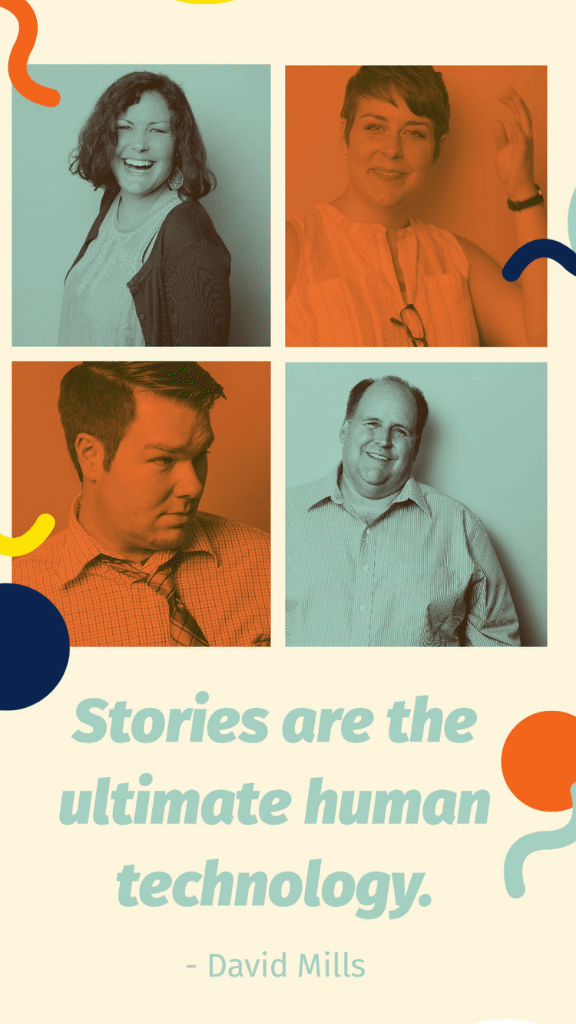It's easy to get excited about the latest "shiny object." We're excited about robotics, machine learning and creating computers that will be doing a variety of human tasks. We're even making quantum particles work for us in computing, and hopefully, they'll deliver value in the future. Software is making it possible for us to take what was available previously only to the mega-corporation into even the smallest start-up or to the individual home.
The ultimate human technology isn't found in something we create, but rather it resides in the human brain - it's our ability to recognize, share and create stories. It's a universal human capacity.
A good story can cause the brain to release dopamine, the neurotransmitter that impacts heart rate and blood pressure. Stories take "big ideas, abstract concepts, dry facts and translates them into something very specific that we can experience, and so feel, and that’s what tells us how we feel about it, what it means to us and that’s what moves us to action,” according to Lisa Cron author of Wired for Story.
Most leaders today understand the power of story, yet we continue to misfire when it comes to fully engaging our organizations to unleash the power of story. External technologies don't compare to the human technology of story thinking, but they may seem easier to deploy than something that requires humans cooperation.
The story challenge - to be practical
One of the biggest challenges in putting stories to work is to make it practical. We understand how to use stories in sales presentations, investment pitches and in social media, but making story an enterprise-wide reality can seem ethereal or even intangible.
In recent years, practical ways for organizations to unleash the power of story, both inside and outside, have been developing. This is important because there may be no greater way to create loyalty among customers, improve the retention of quality staff and empower organizations to grow.
Stories are universal, why would we want to skip the universal tool to focus only on limited strategies? When we compare the opportunity of jumping into a new social media network or putting big-data to work, but don't take the power of story seriously, we might be trading our best livestock (something that creates reliable and invaluable nurture) for some magic beans (something that has unproven value).

Stories are the experiential version of a mission statement
A mission statement helps define the direction you are going. The vision statement defines what it will look like when you get there. But the brand story is the way that humans connect, not through a formal mission or vision statement. The story helps people understand what the mission means by putting it in highly memorable and meaningful language that sticks in the brain.
Where a mission statement might inform people about purpose, it cannot do what the story does- bypass limited rational evaluation and speak directly into the decision and motivation centers of the brain.
Story Technology
Story Collaborative will be making available some additional practical tools to help make story a core practice of growing organizations. Watch our blog for more information, or if you are interested, reach out to us.










